IVF Gender Selection: Can you Choose Gender with PGD?
Fertility Treatment
Many couples prefer to choose the gender of their child for various reasons, such as family balancing, cultural preferences, or avoiding gender-linked genetic disorders. Today, medical advances have made it possible to choose the gender of future children with almost 100% accuracy.
By using the preimplantation genetic diagnosis (PGD) technique, which is a part of IVF gender selection, couples undergoing assisted reproduction techniques like IVF can determine the gender of their baby before transferring the embryo to the uterus.
However, it is important to consider the pros and cons of gender selection. On the positive side, IVF gender selection can fulfill personal desires, achieve family balance, and prevent gender-specific genetic diseases. On the downside, there are several IVF gender selection risks, including the potential for emotional and ethical dilemmas, the financial cost, and the physical demands of IVF treatment. Additionally, there may be side effects such as ovarian hyperstimulation syndrome (OHSS), multiple pregnancies, and the psychological impact of the selection process.
This article introduces IVF gender selection and discusses its advantages and disadvantages, providing a comprehensive overview for couples considering this option.

What Is PGD?
As you may know, females and males have different sex chromosomes. Females have two of the same sex chromosomes (XX), while males have an XY chromosome. During fertilization, if a sperm with an X chromosome fertilizes the egg, the baby will be a girl, but if a sperm with a Y chromosome fertilizes the egg, the baby will be a boy.
Using assisted reproductive technologies, the fertility specialist can determine the gender of a child before the implantation phase by using a new technique called PGD. In gender selection IVF, the specialists can separate embryos with X or Y chromosomes and transfer the desired one(s) into the mother's womb.
The procedure of IVF Gender Selection
The procedure of gender selection IVF involves two phases: one for developing and testing the embryo and the other for preparing the uterus and transferring the embryo. These phases are explained in detail below, including the PGD gender selection process.
Ovarian stimulation
First, the female partner should start taking ovulation induction drugs from days 2-4 of her menstrual cycle to produce more mature, high-quality eggs. The higher the number of mature eggs, the higher the chance of a successful pregnancy.
Egg retrieval
In this step, the mature eggs are retrieved from the uterus or ovaries around 10 to 12 days after starting hormonal medications. The egg harvesting process is simple and requires no anesthesia, incision, or stitches. The doctor retrieves the egg using ultrasound and a narrow tube called a catheter and immediately transfers the eggs to the embryology lab.
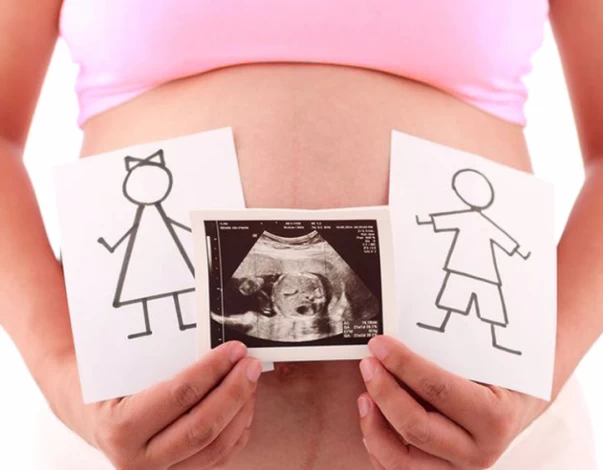
Embryology laboratory
The eggs are first placed in a nourishing dish in the embryology lab, similar to the fallopian tubes’ environment. Then, 4 hours after retrieval, the eggs are fertilized with the male partner’s sperm via ICSI or IVF. The resulting embryos are transferred to the incubators -with controlled temperature and humidity- to be developed into blastocysts. If the couple prefers not to take PGD, the embryo can be transferred 3 days after its formation, but if they need PGD, they should wait more days because PGD can only be done on a blastocyst (5 to the 7-day embryo).
Embryo biopsy
In the blastocyst stage, embryos have two tissues: one that becomes a fetus and one that becomes a placenta. In embryo biopsy, the doctor removes 3-6 cells from the placenta tissue via laser and performs genetic tests. At this stage, the embryo’s chromosomal abnormalities and gender can be determined using PGD or PGT.
Embryo freezing
After performing a biopsy and genetic tests, the embryo gets frozen in tanks filled with liquid nitrogen until the results of the tests are determined. Freezing the embryo does not change its quality and has no negative effect on the success rate of IVF.
Uterus preparation for transfer
The uterus should be prepared to implant successfully, and the endometrial lining should be thick enough to hold the embryo. Although it is possible not to take any medication and have a natural FET (frozen embryo transfer) cycle, it is highly recommended that the mother takes estrogen and progesterone supplements before and after FET to increase the chance of successful implantation.
Frozen embryo transfer
Finally, the genetically-tested embryo with the desired sex is transferred to the mother’s uterus with the help of a catheter and ultrasound. The frozen embryo transfer process is simple and mainly done under local anesthesia. The mother can take a pregnancy test 14 days after FET.

Increase the chance of successful pregnancy
From the age of 35 onwards, the success rate of IVF decreases. Also, for women with a history of abortion and failed IVF, screening the embryos and detecting their disorders with PGD will increase the chance of having a successful pregnancy. Therefore, it is necessary to use the PGD technique to observe and screen the embryos intricately.
IVF Gender Selection Risks
As mentioned before, during the IVF procedure, the female partner has to take multiple hormone medications to stimulate ovulation and prepare her body for implantation. These drugs have irritating complications such as bloating, nausea, breast tenderness, frequent headaches, weight gain, rash, mood swings, and anxiety, and most importantly, they may cause ovarian hyperstimulation syndrome (OHSS).
Moreover, to retrieve some cells for PGT, the fertility specialist should either use a unique laser device or a biopsy technique to remove some cells from the frozen embryo. One of the other IVF gender selection risks is that during this procedure, the embryo may accidentally be damaged or demolished.
IVF Gender Selection Pros and Cons
Selecting the gender of a child is either elective or mandatory due to medical reasons. In any case, IVF gender selection has some advantages and disadvantages that every couple should know about.

Advantages of IVF sex selection
- Parents can plan their family as they wish: many couples prefer their firstborn to be of a specific gender. Also, some people long for a boy or girl so much that they continue to have babies until they get the sex they want, which can affect the quality of their lives. When they choose gender with IVF, it allows parents to have more control over family planning, ensuring that their desired gender is achieved without repeated IVF treatments.
- Parents can choose the gender they can raise better: as you may know, raising and training a boy is much different than raising a girl because they have different attitudes and needs. So the parents can raise and support a mentally and psychologically prepared child. IVF treatment for baby boy provides parents with the opportunity to prepare for the unique challenges and joys associated with raising a son.
- Parents can prepare for the baby's coming: knowing the gender of the child before the implantation allows the would-be parents to prepare and provide the necessary stuff in time. PGD gender selection enables parents to anticipate the gender of their baby and make appropriate arrangements, such as decorating the nursery and selecting gender-specific clothing and toys.
- The risk of passing on genetic disorders is reduced: couples with genetic disorders (especially gender-related ones) can use Preimplantation Genetic Testing (PGT) to minimize the risk of passing on their diseases to the baby. With PGD gender selection, parents can undergo genetic screening to identify and prevent the transmission of inherited genetic disorders to their IVF baby boy or girl.
- Parents who have lost a child can have a baby of the same gender: couples who have lost a child in the past find it comforting and helpful to have a child of the same sex. IVF baby boy or girl options offer solace to grieving parents, allowing them to fulfill their desire to have a child of the same gender as their lost one.
- It prevents further expenses: sometimes, an infertile couple wants a boy or girl so much that they repeat the IVF procedure until they get the sex they wish. Since IVF is a costly procedure, by doing PGD, the couple can have the gender they want on their first try and avoid extra expenses. IVF treatment for baby boy or girl with PGD gender selection reduces financial strain on infertile couples by minimizing the need for multiple IVF attempts to achieve their desired gender.
Disadvantages of IVF sex selection
- It is expensive: IVF with gender selection is costly, so couples who have apportioned a limited budget for IVF may find it impossible to use the PGD technique.
- The morality of gender selection is in question: as it is commonly believed that God should make gender selection, some people think that the parents should not choose the gender of their child.
- Parents may change their minds in the future: some people think that parents may change their minds in the long future if things do not work out the way they want, impacting the baby's life.
Gender Selection with PGD Success Rate
Gender selection with PGD boasts high success rates, offering Intended Parents the opportunity to choose the gender of their baby during an IVF journey. With the capability of fertility doctors to identify XX or XY chromosomes in the embryo using PGD tests, the gender selection process is nearly 100% accurate. However, age, egg supply, and sperm quality can influence the ability to produce healthy embryos of the desired gender. In such cases, sperm or egg donation may be considered. Regardless of the reason for gender selection, whether medical or elective, the success rates remain notably high with preimplantation genetic diagnosis (PGD) or preimplantation genetic screening (PGS/PGT-A). Utilizing techniques like sperm spinning, which separates sperm into X and Y chromosomes, in conjunction with IVF and genetic testing, ensures the most reliable approach to achieving accurate gender selection.
Ethical Considerations in IVF Sex Selection
Although IVF sex selection has many advantages, such as decreasing the rate of abortion and congenital disabilities, some people believe that it is ethically problematic and can harm individuals and society by unbalancing the gender of the population. Also, some believers think God must choose the embryo’s sex and humans should not interfere. In any case, it’s up to the parents to select the gender of their baby with PGD.
IVF Gender Selection Cost in Iran
The IVF gender selection cost in Iran varies according to the age of the parents, the quality of the embryo, the number of embryos to be tested and transferred, the number of times the IVF procedure should be repeated, the specialist's experience and level of knowledge, and the type (private or public) and facilities of the hospital. In most cases, the cost of PGD is almost more expensive than the cost of standard IVF, and the PGD cost in Iran is about 3000$, including additional steps (such as embryo biopsy) and tests (PGT).
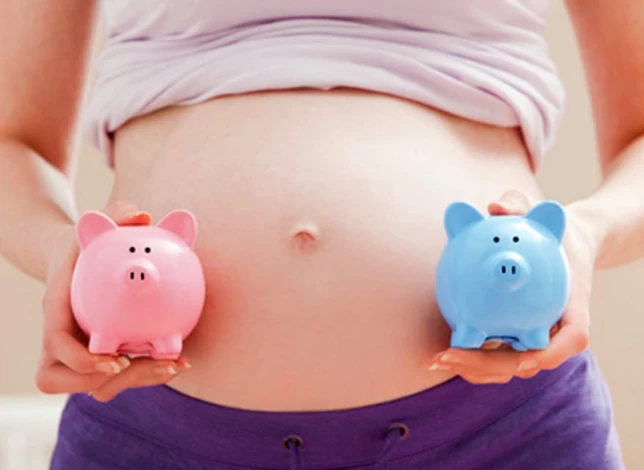
conclusion
Overall, gender selection IVF is one of the most accurate and advanced techniques of sex determination, which has drawn the attention of many couples during the last decade. Contact us if you have questions regarding the exact cost, procedure, and the best clinics for PGD in Iran.
The Raadina Health team assists you in applying for an Iran medical visa, booking appointments with the best fertility clinics in Iran, booking accommodation near medical centers, and more. It also provides 24/7 support during and after the IVF procedure.
FAQs about IVF Gender Selection
1) Can you choose gender with IVF?
Thanks to the advancement of IVF technology, it is currently possible to choose the gender of a child before implanting it in the uterus.
2) What is the success rate of IVF for gender selection?
The success rate of gender selection IVF depends on the quality of sex cells and embryo(s), but in general, 99% of sex selections with IVF are successful.
3) Is IVF with gender selection safe?
Yes, there has been no proven link between IVF gender selection and birth defects; therefore, this technique is totally safe.




 WhatsApp
WhatsApp
 Telegram
Telegram
 Facebook
Facebook
 Email
Email



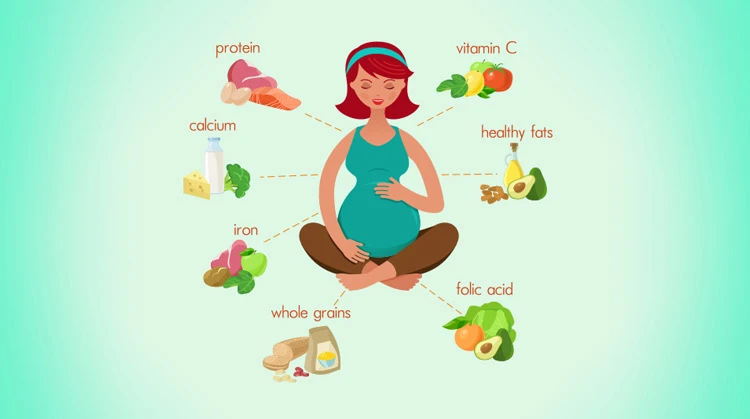
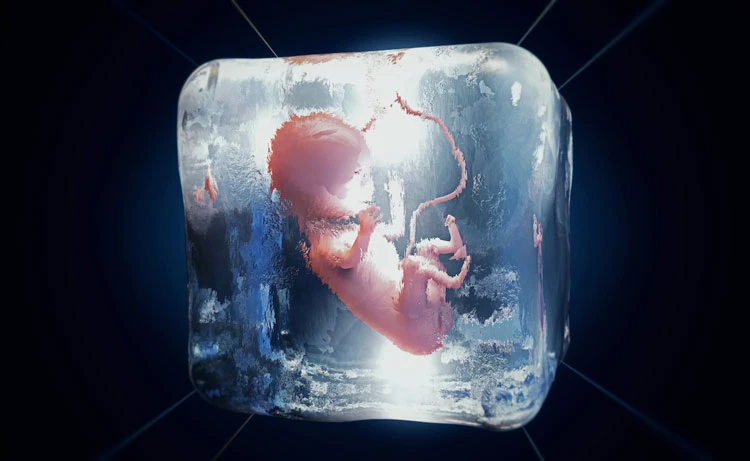

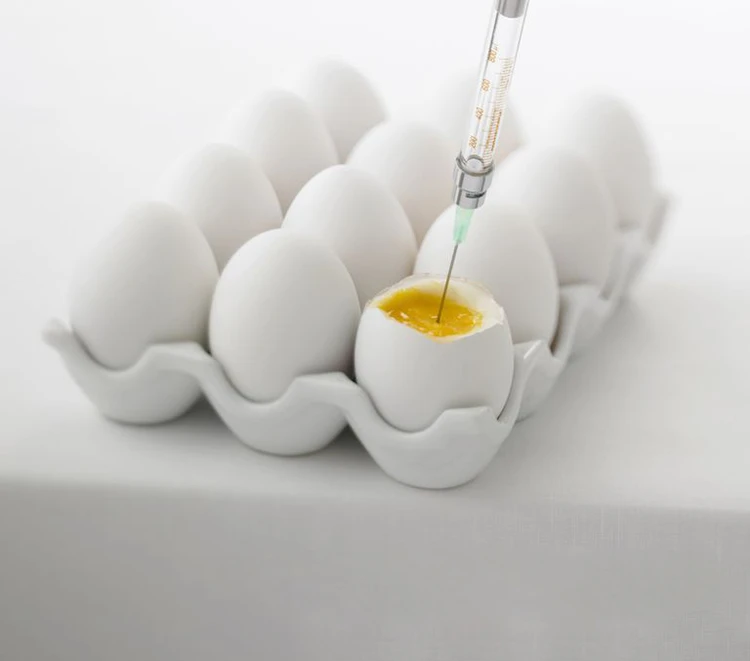
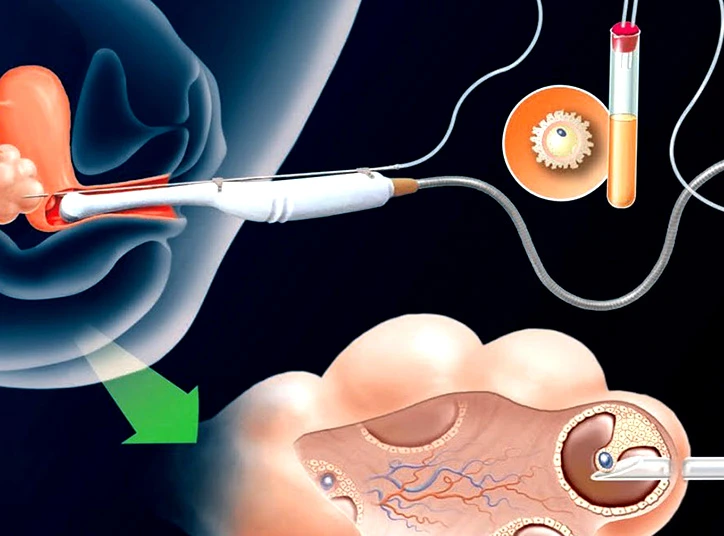
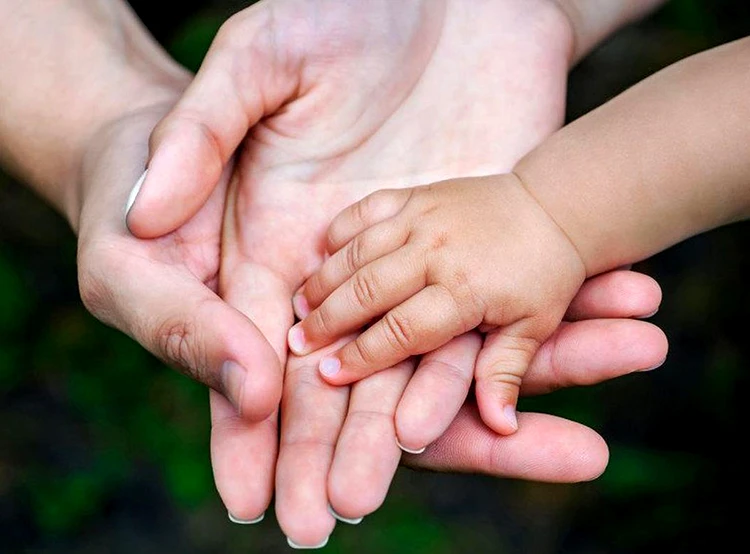
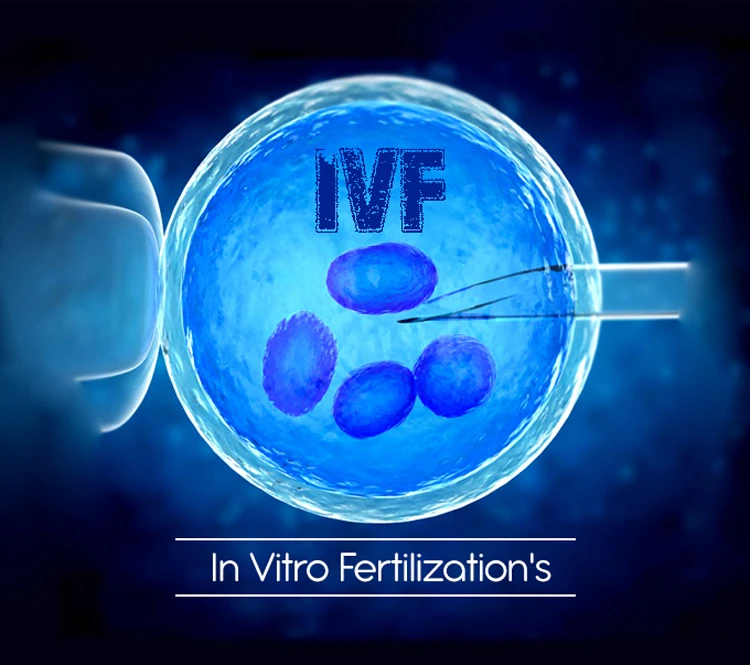




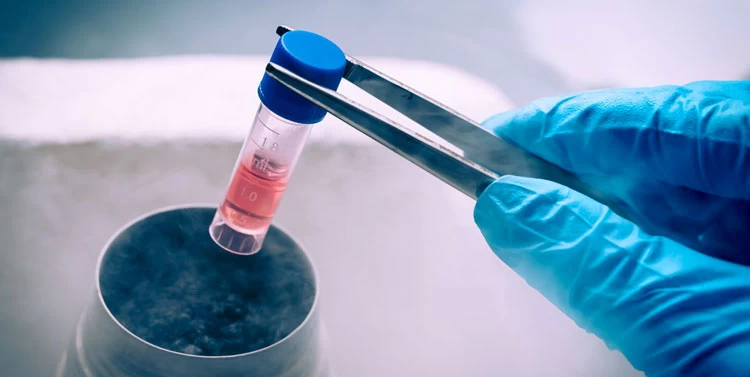

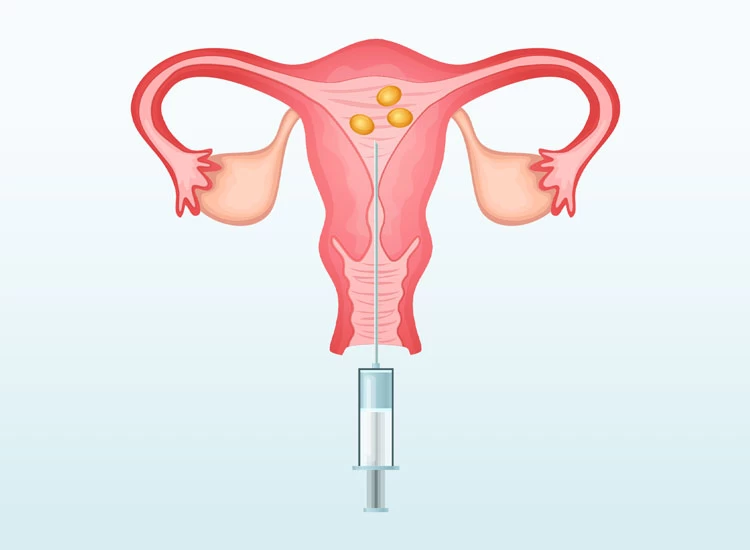
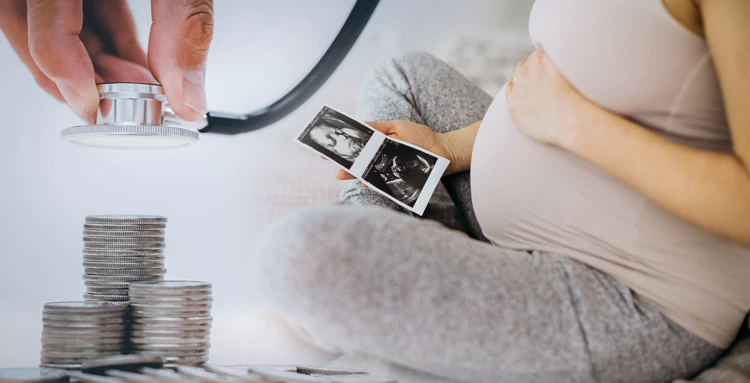
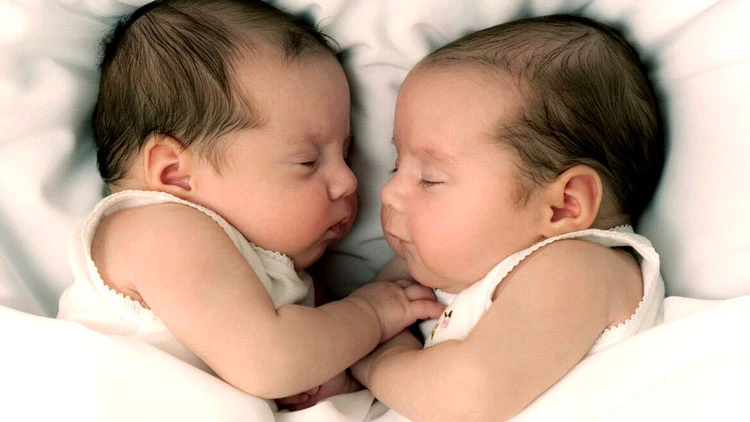

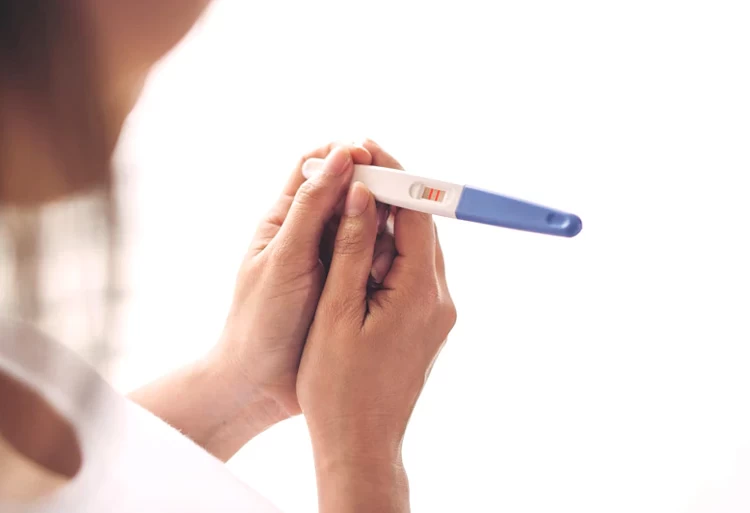
User
-India me gender selection ke sath ivf kha hai aur kya lagat hai.
فاطمه وجهی
-For more information, contact us at the number below
+989052510380